Applicants are invited for postdoctoral positions in experimental quantum optics and quantum information at Laboratoire Kastler Brossel (LKB) in Paris, France, in the Quantum Networks team led by Julien Laurat and Alban Urvoy. LKB is jointly run by Sorbonne Université, École Normale Supérieure, Collège de France and CNRS. The team works on three different projects towards the realization of future networks where quantum information will be distributed and processed.
The position will focus on the development of novel waveguide-QED systems based on cold atoms coupled to nanophotonic structures [1]. This emerging setting is expected to allow for a wide range of applications in quantum optics and quantum simulation, owing to a strong coupling between atoms and the guided mode. In recent years, the group has laid the ground work for coupling trapped cold atoms to slow-mode photonic crystal waveguides [2,3,4]. The successful candidate will push this effort further towards quantum non-linear optics protocols. The proposed research is included in the French national initiative on optical quantum computing. The group has recently been awarded an ERC Advanced Grant to push the development of this platform and to harness this new paradigm.
Candidates must hold an internationally recognized PhD degree or equivalent in a field related to experimental quantum physics. The dynamic and highly-motivated candidate should have a track record of experimental research in either quantum optics, quantum information or atomic physics. The positions are open as soon as possible.
Application procedure: Inquiries and applications should be sent by email to Julien Laurat (julien.laurat[at]sorbonne-universite.fr) and Alban Urvoy (alban.urvoy[at]sorbonne-universite.fr), with a CV and a list of 2-3 references.
[1] Corzo et al., Nature 566, 359 (2019)
[2] Béguin et al., PNAS 117, 26109 (2020)
[3] Berroir, Bouscal et al., PRResearch 4, 013079 (2022)
[4] Bouscal et al., New J. Phys. 26, 023026 (2024)
